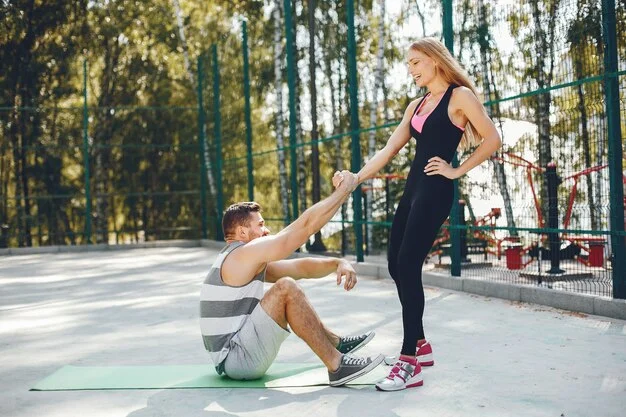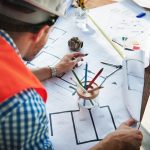If you’re putting in the effort at the gym but not seeing results, you’re not alone. Building muscle tone and strengthening bones isn’t just about lifting weights and drinking protein shakes. There’s a science to it, and some of the best methods aren’t always the most obvious. Whether you’re looking to get stronger, avoid injuries, or future-proof your bones against age-related weakening, there’s a lot to consider. Let’s break down what actually works.
Muscle Building Myths That are Holding you Back
If you’re still following outdated advice on building strength, you could be wasting time. There’s no shortage of bad information floating around, and separating fact from fiction is crucial. One of the biggest mistakes people make is thinking more is always better. Lifting heavier weights without focusing on proper form, recovery, or progressive overload will eventually lead to burnout or injury.
A common misconception is that cardio kills muscle growth. The reality? It’s all about balance. Cardio is necessary for heart health and can actually aid in muscle recovery when done correctly. High-intensity interval training (HIIT) can complement resistance training without leading to muscle loss. Another myth is that you need an excessive amount of protein to bulk up. While protein is essential, your body can only process so much at a time. Instead of overloading on shakes, focus on consistent, quality nutrition. To get the best results, you need a structured program that combines strength training, proper recovery, and smart nutrition.
The Power of Vibration Plates
When most people think about improving muscle tone and bone density, they picture heavy weights and resistance bands. But what if there was a way to enhance your results with less effort? Vibration plates are gaining attention for their ability to stimulate muscles, improve circulation, and even enhance bone health—all without the usual strain on joints.
Here’s how it works: A vibration plate sends rapid, controlled vibrations through your body, forcing your muscles to automatically contract and relax multiple times per second. This creates the same kind of muscle activation that you’d get from strength training but in a more efficient way. Studies suggest that using a vibration plate can increase bone density, making it a smart addition for anyone looking to prevent osteoporosis or maintain bone health as they age.
If you’re thinking about adding one to your routine, you need to look for the best type of vibration plate specifically for muscle and bone stimulation. The right choice can make all the difference in maximizing your results.
Nutrition to Support Strength and Stability
Muscles don’t grow in the gym—they grow in the kitchen. If your diet isn’t supporting muscle recovery and bone health, you won’t get the results you’re looking for. Protein is a big part of the equation, but it’s not the only nutrient that matters. Calcium and vitamin D play a huge role in bone density, while magnesium and omega-3 fatty acids contribute to muscle recovery and function.
What’s often overlooked is the importance of micronutrients like vitamin K2, which helps direct calcium to your bones instead of your arteries. Without it, you might be taking in enough calcium but not using it effectively. Collagen is another key player, as it supports both muscle elasticity and bone strength. Hydration is also just as important.
Strengthen the Right Way
Not all strength training is created equal. The goal isn’t just to lift heavier—it’s to improve stability, balance, and functional strength. Compound movements like squats, deadlifts, and lunges engage multiple muscle groups at once and help stimulate bone growth through weight-bearing activity.
One of the biggest mistakes people make is avoiding eccentric movements, which are the lengthening phases of an exercise (such as lowering yourself in a squat). Eccentric training puts controlled stress on muscles and bones, triggering growth and strengthening connective tissue. Slowing down movements and focusing on control can make a huge difference in both muscle tone and bone density.
Another key factor? Mixing up your workouts. Sticking to the same routine for months can lead to plateaus. Changing up the intensity, rep ranges, and types of exercises you do will keep your muscles and bones adapting in the right direction.
Sleeping and Recovering
Your body doesn’t build muscle while you’re lifting—it builds muscle while you’re resting. Recovery is just as important as the workout itself, but it’s often ignored. Poor sleep can create higher cortisol levels, which break down muscle and weaken bones over time.
Muscle recovery relies on deep sleep stages where the body releases growth hormone, helping to repair and rebuild tissues. If you’re skimping on sleep, you’re missing out on the full benefits of your workouts.
Active recovery is another overlooked component. Foam rolling, stretching, and even low-impact activities like swimming or yoga can help improve your circulation, reduce soreness, and keep your joints healthy. Overtraining without proper recovery can lead to stress fractures and chronic pain, which set back progress.







